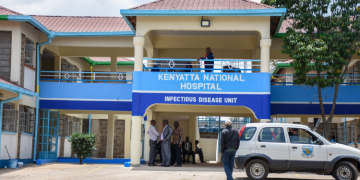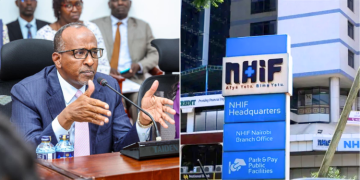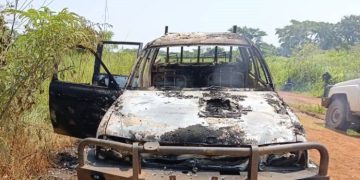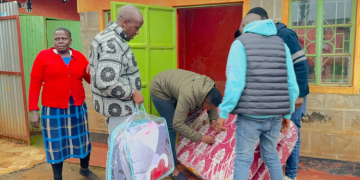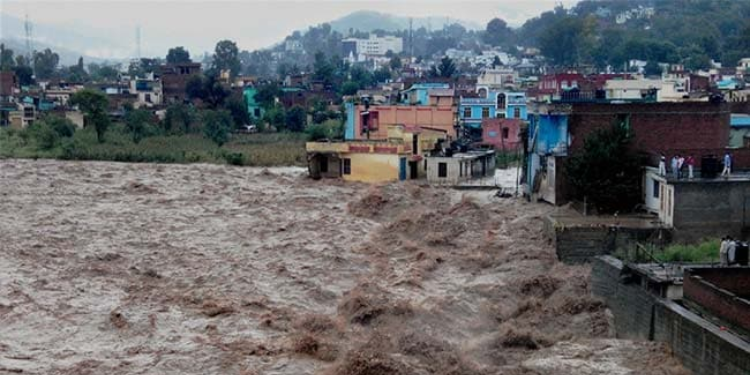At least 44 people died in India-controlled Kashmir after flash floods caused by heavy rain, officials said Thursday, August 14, 2025. Dozens remain missing. The flooding struck Chositi, which is a remote Himalayan village in Kishtwar district, late Wednesday, soon after a cloudburst sent water, mud, and debris through the area.
Mohammed Irshad from the disaster management department reported that roughly 50 people were missing. Rescuers have brought more than 200 people to safety. According to local administrator Susheel Kumar Sharma, many were injured, some pulled from a stream under mud and wreckage.
Forcing a suspension of the event, the floods hit during the annual Machail Mata pilgrimage. By road, before the eight-kilometre trek to the shrine, Chositi is the last village reachable. Pilgrims may be among the missing, officials said.
Weather conditions prevented the use of helicopters, and road access was cut off. Local officials and villagers began initial rescues before police, military units, and disaster teams reached the site. Several houses, vehicles, and a pilgrims’ community kitchen were washed away.
Human Impact and Rescue Operations
To locate survivors and recover bodies in Chositi, rescue teams worked through Thursday. At least 50 of those rescued were being treated in local hospitals for serious injuries, officials said.
A resident from a neighbouring village, Abdul Majeed Bichoo, said he saw the bodies of eight people pulled from debris and mud. He also reported three horses buried alongside them that were found alive.
The flooding destroyed homes built along the foothills and damaged dozens of vehicles. Authorities said more than 200 pilgrims had been inside the main community kitchen when water and debris struck. Many were carried downstream.
Also Read: Trump to Deploy Military to Southern Caribbean Targeting Drug Cartels
Personnel from the army, disaster response, and paramilitary forces units joined local volunteers in searching the riverbanks and clearing blocked routes. Drones and earth-moving machines were used in areas that could be reached. Ongoing rain and frequent landslides slowed operations.
Regional Significance and Pilgrimage Disruption
The annual Machail Mata pilgrimage, which was due to end on September 5, has been suspended. No timeline has been provided by the authorities for resumption.
Located at about 3,000 metres, Chositi serves as the final motorable point on the route to the shrine. Before starting an eight-kilometre trek, pilgrims typically leave vehicles in the village.
The community kitchen and temporary stalls set up for pilgrims were destroyed, officials said. Several pilgrims are still missing. The event is a significant source of seasonal income for residents as it draws thousands each year.
Condolences and additional personnel had been sent to assist with relief by Lieutenant Governor Manoj Sinha. Prime Minister Narendra Modi wrote on social media that authorities were closely watching the situation and would provide all required assistance.
Also Read:China, India in Talks to Resume Border Trade 5 Years After Deadly Clashes
Climate Concerns and Environmental Context
According to the India Meteorological Department, a cloudburst is when more than 100 millimetres of rain falls within an hour over a limited area. Such events can trigger flash in mountainous terrain, floods and landslides.
Cloudbursts are becoming more frequent in the Himalayan region, officials said. Torrential rain during the summer monsoon often overwhelms local infrastructure.
Several hydroelectric projects are in the Kishtwar district. Large-scale construction in the region increases the risk of disasters, environmental groups have warned for years.
A separate flooding event earlier this month killed at least four people in Dharali village and left more than 50 missing, in Uttarakhand. That incident also followed heavy rainfall believed to be a cloudburst. Local authorities reported that roads, homes, and an army camp were damaged.
Similar flooding in 2021 in the state’s Chamoli district killed dozens after part of a Himalayan glacier collapsed into a river, causing a surge of water, mud, and rocks.
Follow our WhatsApp Channel and X Account for real-time news updates.

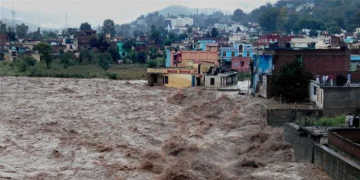



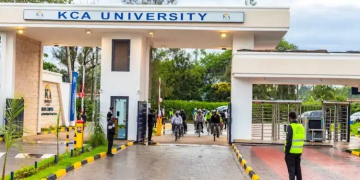












![Billions Kcb, Equity, Co-Op And Other Banks Have Made In Profits This Year [List] Billions Kcb, Equity, Co-Op And Other Banks Have Made In Profits This Year [List]]( https://thekenyatimescdn-ese7d3e7ghdnbfa9.z01.azurefd.net/prodimages/uploads/2025/08/Co-Operative-Equity-KCB-2025-360x180.png)
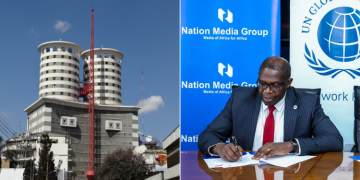






![Understanding Endometriosis: Expert Breaks Down Causes, Symptoms And Treatment [Video] Dr. Joseph Njagi, A Renowned Endometriosis Specialist A Surgeon, Says That Period Pain Among Girls And Women Should Not Be Ignored As A Normal Thing, As It May Signal A Symptom Of Endometriosis]( https://thekenyatimescdn-ese7d3e7ghdnbfa9.z01.azurefd.net/prodimages/uploads/2025/08/Dr-Joe-Njagi-together-with-his-team-of-Doctors-in-a-theatre-room-360x180.png)
